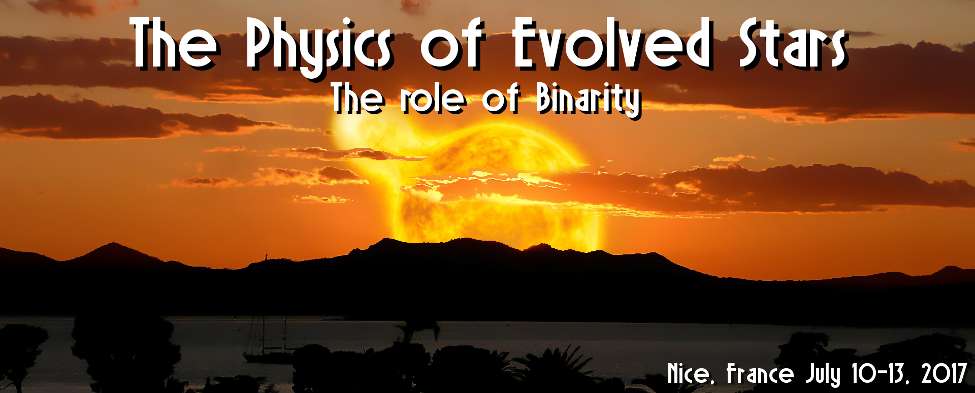The Van Cittert-Zernike theorem is crucial in interferometry, since it directly connects the source brightness distribution to the complex degree of mutual coherence. The Differential Interferometry (DI) allow us to obtain, in addition to the spectrum, the differential phase which contain important informations about the motion of the stellar photosphere, more specifically their rotation.
In my talk I will present the study of the sensitivity of relevant stellar parameters to the simulated differential phases using the SCIROCCO code; a semi-analytical algorithm dedicated to fast rotators, that we compared to the observations of the very known edge-on star alf Leo, in order to classify the importance of this parameters and their impact on the modeling.
For that I used a sample of differential phases data obtained with the AMBER/VLTI instrument for the target Regulus at high spectral resolution (R=12000) in the K-band, which I compared with several parameter sets of my code, using the chi-square fitting method and the Markov Chanel Monte Carlo (MCMC) method. So, in this study we have to take into account a lot of parameters, inevitably the most realistic ones.

|
|
|
|
Sensitivity of the simulated differential phase to stellar parameters; The case of the fast rotator Regulus.
1 : INSTITUTO DE ASTRONOMÍA - Universidad Católica del Norte
(IA-UCN)
-
Website Universidad Católica del Norte Avenida Angamos 0610 ANTOFAGASTA -
Chile
|
| Online user: 1 | RSS Feed |

|
 PDF version
PDF version